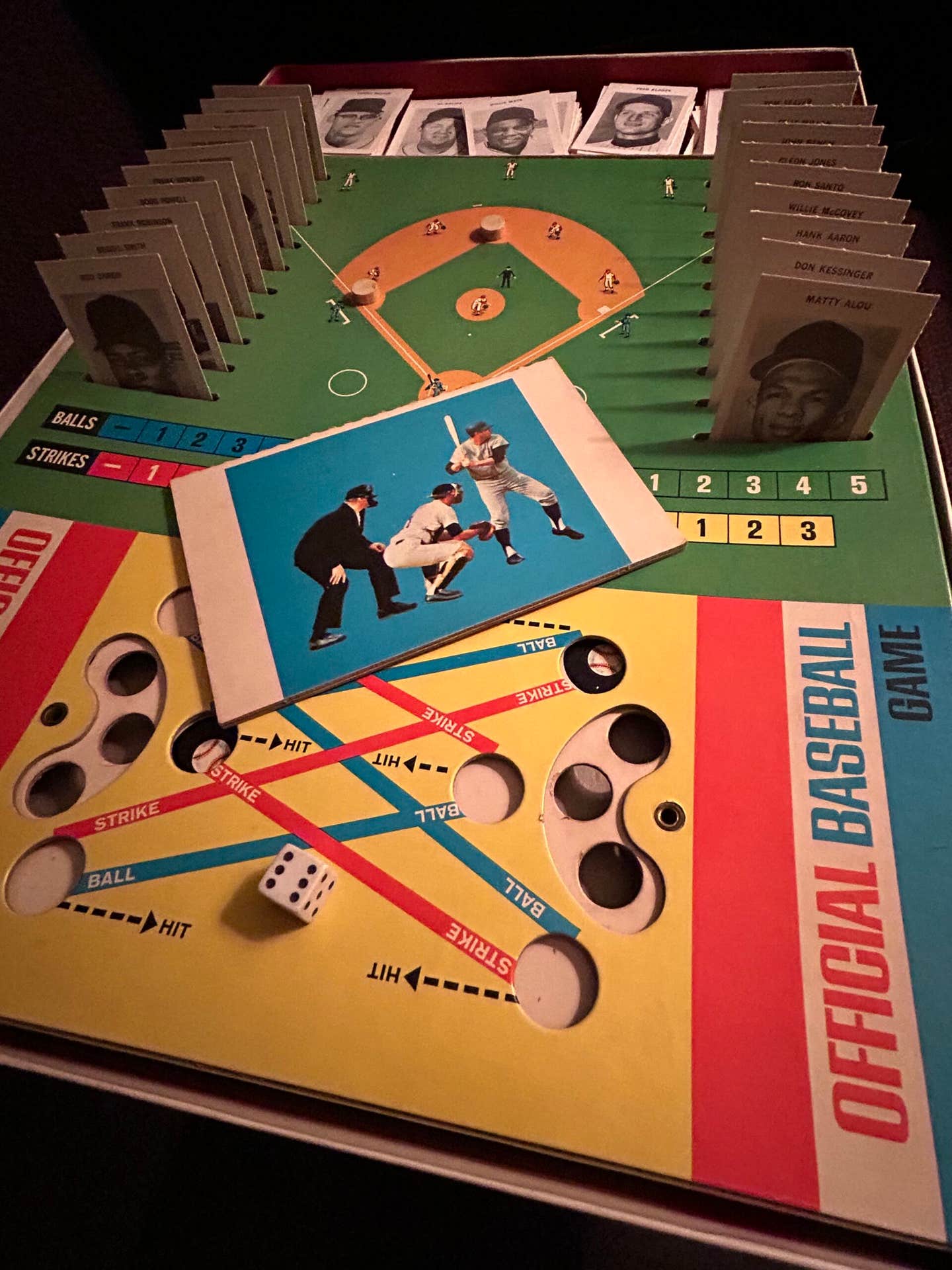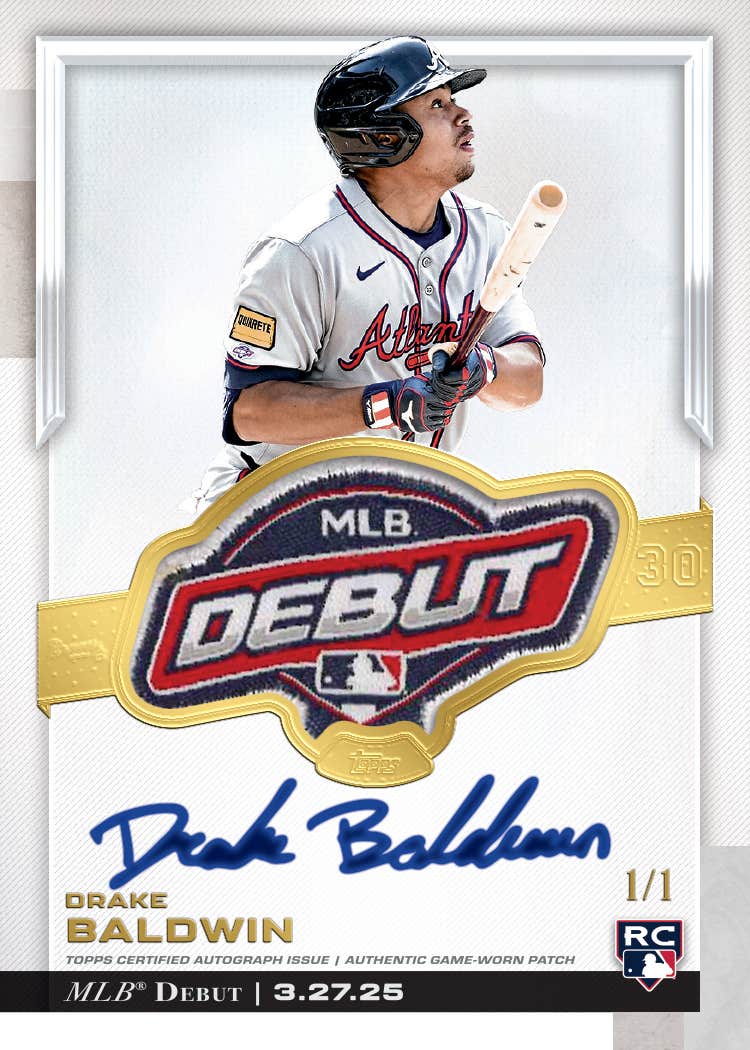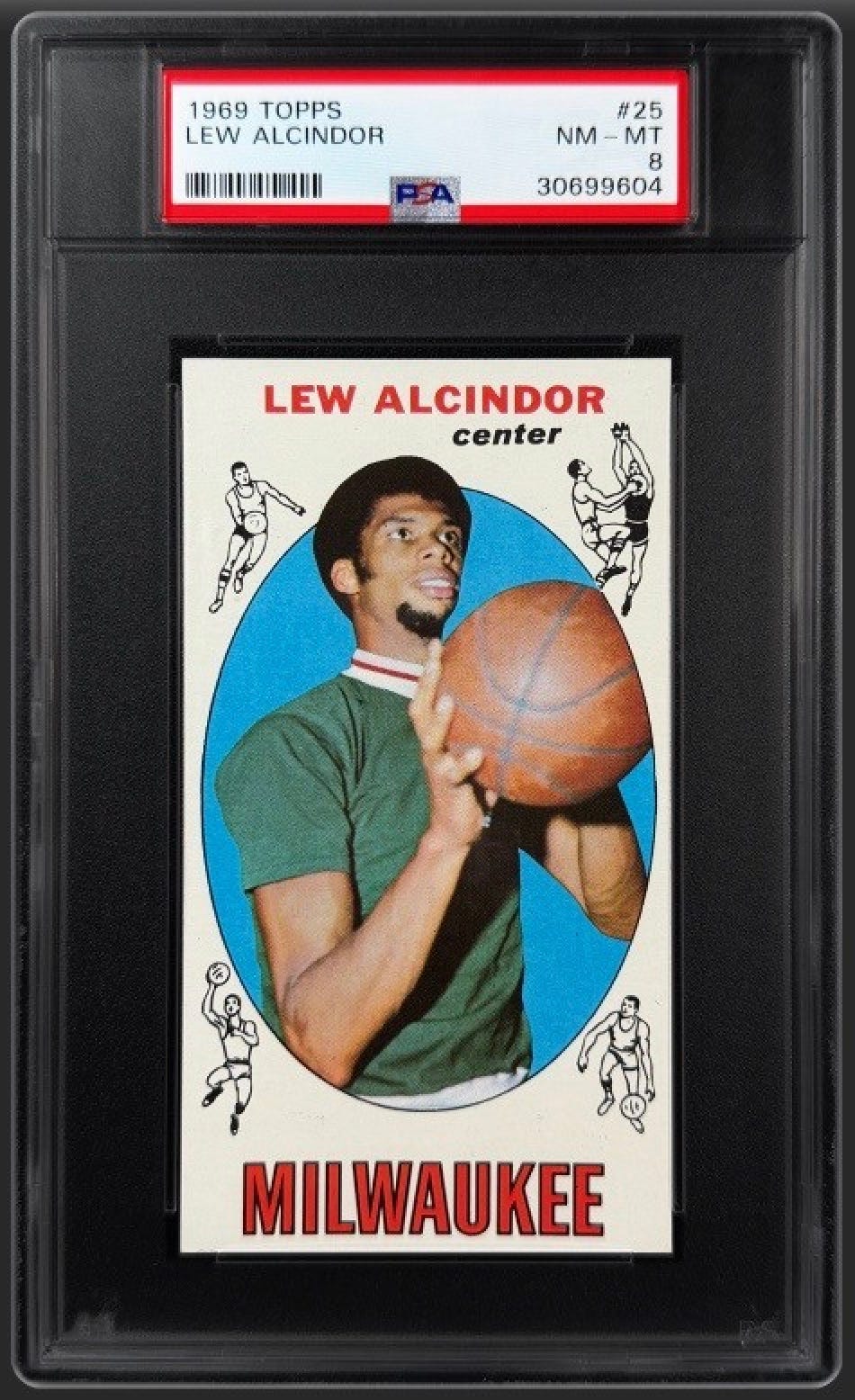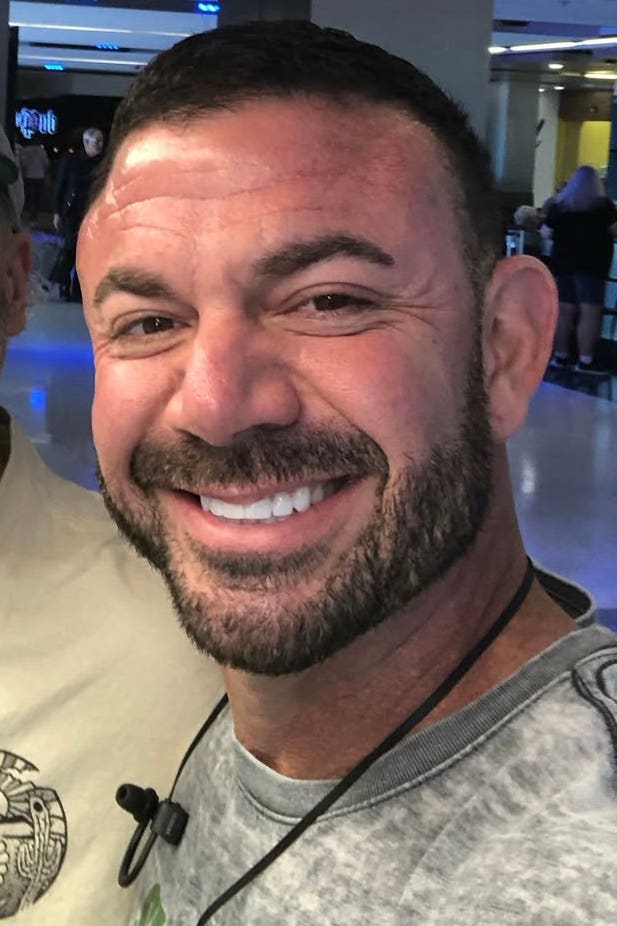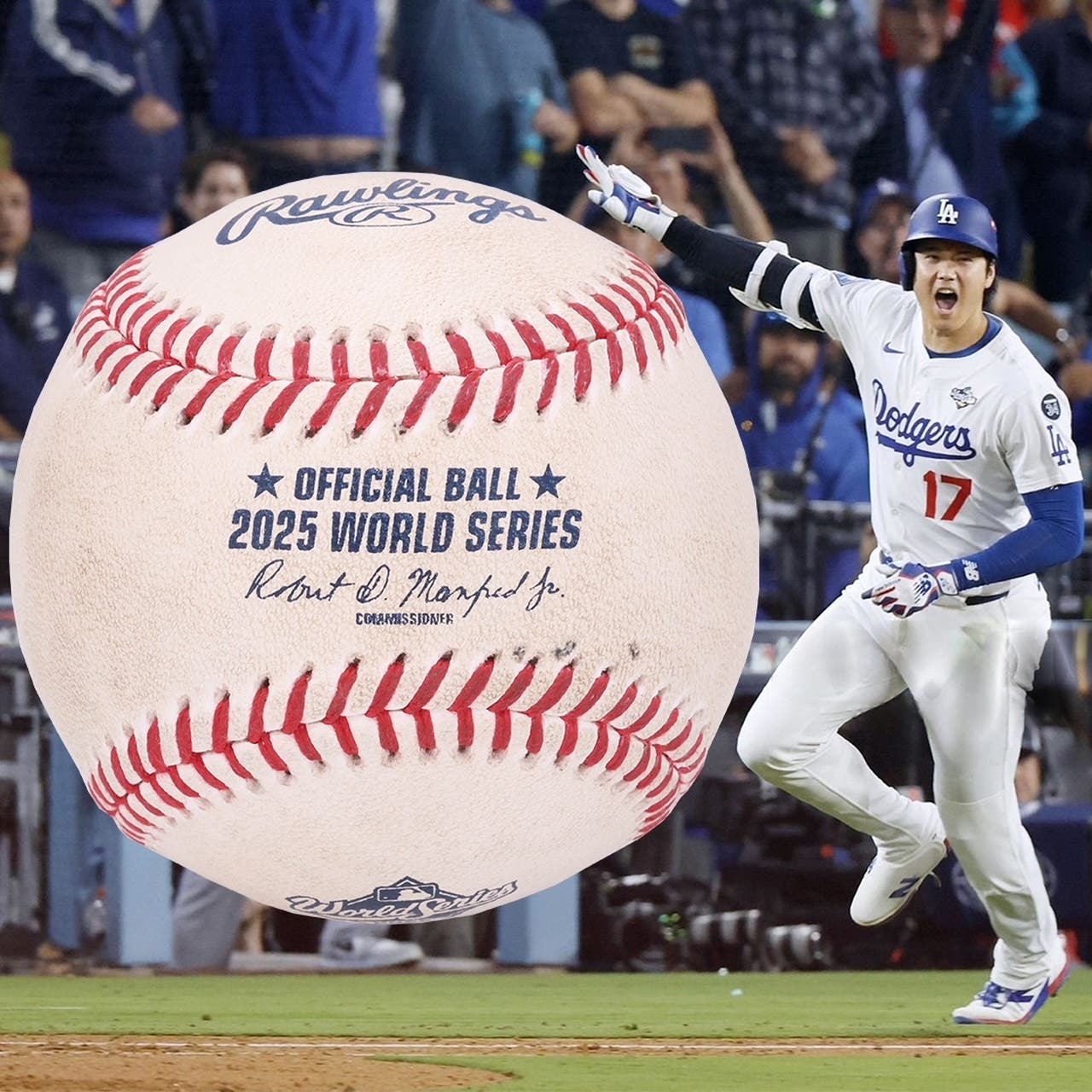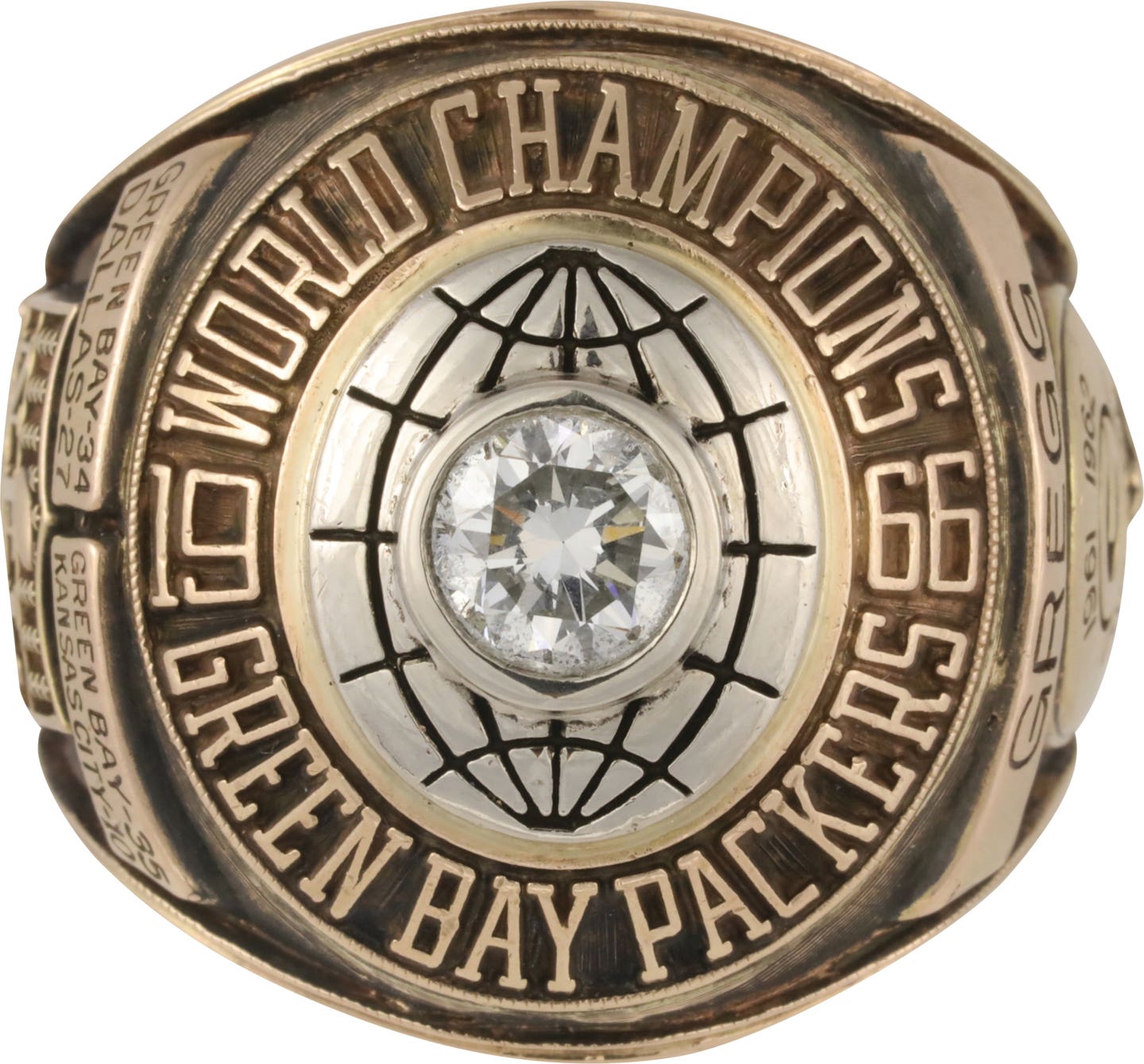News
Travel Back in Time to Boston’s South End Grounds
By Paul Ferrante
The following is part two of a two-part feature on Boston’s South End Grounds. The initial piece ran in the Aug. 10 issue of SCD – CLICK HERE to read.
Last time, I told you about arguably the most beautiful ballpark ever created: Boston’s South End Grounds (II), which was in operation from 1887-94, when it was destroyed (along with a big chunk of the city’s Roxbury District) and later rebuilt, although on not as grandiose a scale.
Well, I’ve had the pleasure of time-traveling to the Victorian Era to get the feel of what this “Base Ball” cathedral was actually like (no, I wasn’t driving a DeLorean), courtesy of the National Baseball Hall of Fame and Museum, or more specifically, its senior curator, Tom Shieber, who was the driving force behind the interactive exhibit located in the third floor “Sacred Ground” room.
It was a chance encounter that led to my meeting with Tom. I had made my annual autumn pilgrimage to Cooperstown to take in the Catskills foliage and do some research, specifically for the South End Grounds. However, I was disappointed to find no substantial amount of text (or photos) on the park in the Research Library’s South End Grounds file. But old friend Jim Gates, the head librarian, went to fetch Tom, whom he said would be a great help. Boy, was he right!
Tom came in armed with a voluminous file that was crammed with newspaper articles, photos and drawings accumulated during his painstaking research on the South End Grounds. This treasure trove of information allowed me to write this two-part series, and also gave me the idea to interview Tom on the process of creating the Interactive Stadium exhibit. First, let’s hear from Tom, and then I’ll tell you of my experience with the exhibit.
Tom Shieber interview
SCD: Tell us about yourself. What brought you to your current position at the Hall of Fame?
Tom Shieber (TS): I was initially hired in 1998 to manage the Hall of Fame’s website. While expanding our web presence, I put together a few online exhibits, including our very successful “Dressed to the Nines: A History of the Baseball Uniform” still going strong at http://exhibits.baseballhalloffame.org/dressed_to_the_nines/index.htm. I was then asked to join the creative team that put together our traveling exhibit, “Baseball As America.”
Eventually, I moved over to the curatorial department and currently am the senior curator.
SCD: Are you a collector of anything sports-related, now or as a child?
TS: I am not an avid collector, though over the years I have managed to amass quite a few baseball and cricket newspaper woodcuts from the 19th century.
SCD: The Hall of Fame opened its Ballparks Room in 2005. How do you account for the deep emotions baseball fans have for their ballparks?
TS: Families build lasting attachments and cherished memories in their homes. Religious individuals form and reaffirm their spiritual beliefs at churches, synagogues, mosques and various other places of worship. Students learn and forge new ideas in schools.
Just as people have strong emotional connections with each of these locations, so do baseball fans have emotional connections to their home ballpark. And, for those with a love of the history of the game, many form bonds with historic ballparks that have long since disappeared. It is the place where baseball happens every day and was the place where baseball history happened for days gone by.
SCD: What made you choose the South End Grounds as the subject of your project?
TS: For our Classic Ballpark Tours (CBT) interactive exhibit, we chose three parks that met some core criteria.
First, we wanted to feature parks that no longer exist. Why bother re-creating a park that you can visit? Second, we wanted to feature parks that were interesting and important in the context of the history of baseball parks. Third, we looked for parks that had an emotional tie to the era of their heyday of baseball parks. Finally, the parks in the CBT should be from different geographic locations and span various eras. Given that criteria, our choices of Boston’s South End Grounds from 1888, Chicago’s Comiskey Park from 1919 and Brooklyn’s Ebbets Field from 1955 came quickly.
SCD: What inspired the idea for this interactive tour? Any similar projects you had seen?
TS: Back in 1999, I had been approached by a group who had helped put together a project called “Exploring Edo,” a virtual re-creation of 17th to 19th century Edo (now called Tokyo). The interactive had been developed by Japan’s National Gallery of Art and NTT Communications. Users could virtually visit a shogun’s castle, the theater district, the shopping district, etc. It was suggested that the Hall of Fame could be virtually re-created and people could visit exhibits in this manner. While I found the idea intriguing, I disagreed. Why “virtually” visit something that you can ”actually” visit? (Believe me. It’s worth coming to Cooperstown to visit the National Baseball Hall of Fame and Museum. Being here is absolutely critical.) I thought the more rewarding concept would be to re-create something you cannot visit. Immediately, the idea of ballparks came to mind. It took half a dozen years before the project came to fruition, but thank goodness it did.
SCD: Take us through the process of how you went about “reconstruction” of the South End Grounds.
TS: The digital re-creation of each ballpark had its own unique challenges. For the South End Grounds, the challenge was that we had no blueprints and very few photographs. Extensive research uncovered a number of additional photos. Some had been long misidentified as being taken at other parks; others had never been identified. I traveled to Boston where I was able to find still more images at the Boston Public Library, as well as a number of helpful maps that showed the park and the surrounding area in Roxbury where it stood. Finally, I did a lot of research of online digitized newspapers, most importantly of the Boston Globe.
SCD: Tell the story of how one photo led to the “detailed construction” of the outside façade.
TS: The critical element in the digital reconstruction of the park was tracking down the photo of the outside of the South End Grounds. (You can find it at the Boston Public Library’s Sports Temples website (www.bpl.org/online/sportstemples). Without this image, we would likely not have pursued re-creating the park. There had been some drawings of the exterior, but I suspected the level of detail was not high enough for us to complete the project. Once I saw the photo of the exterior, it became apparent that not only was there not enough detail in the drawings, but they were inaccurate.
Luckily, I came upon a large format print that shows eight different teams of the period; in the (distant) background of five of them was the South End Grounds. These were not much help, but in the Chicago White Stockings photo (featuring Cap Anson), the team is right in front of the left-side entrance to the South End Grounds. The photo was taken so close up that I could see exactly what the surfaces were made of, from the brick and stone of the wall to the window grating and panels on the door. From this one photo, I was able to learn so much about the detail in the building. To make sure, I Photoshopped the image, downsized and cropped it, and laid it on top of the front exterior image that I had . . . it fit perfectly.)
SCD: Were there any surprising facts about the park that you found during your research?
TS: I can’t tell you how much I learned as I researched the South End Grounds. Not only did I find out all sorts of interesting things about the extraordinary park, but I also learned so much about all early ballparks.
SCD: What features made South End Grounds “state of the art” in its time?
TS: One thing that struck me as quite interesting was that the park was designed so that fans who sat in the bleachers down the left and right-field lines were kept separate from those in the grandstand. It was clear that they did not want to have any mixing of the two groups.
SCD: Tell about how you set up the exhibit in the Ballparks Room. Any special considerations to make it “fit in” with surrounding exhibits?
TS: We wanted to make sure that while one person would be controlling the CBT interactive, multiple people could have an enriching, entertaining experience by just watching. So we took great pains to design the CBT to allow for that rich, multi-visitor experience.
SCD: What would you like a patron of the HOF to take away from the South End Grounds interactive tour?
TS: My greatest hope with the CBT interactive was that visitors would lose themselves in the experience, forget they were watching a digital re-creation and feel as if they are really at the park. Of course, that goal can never truly be met, but I think we did a good job of approaching it.
SCD: Anything new on the horizon for the Ballparks Room?
TS: We are always hopeful that we can add more ballparks to the CBT, but each re-created park takes a great deal of time, research and resources to complete. But at this time, we’re focused on creating other great experiences for our museum patrons. Still, I hope that eventually we can add to the CBT.
Now that I had the backstory from Tom, it was time for my journey into the past.
To find the interactive ballparks exhibit, you climb the HOF Museum staircase to the third floor and enter the “Sacred Ground” wing. Hang a quick left and there you are. Before you is a monitor backed by a floor-to-ceiling screen onto which your selected images will be projected. (In addition to South End Grounds, Ebbets Field circa the mid 1950s and Comiskey Park circa 1919 may be visited.) Standing before the monitor, you touch the ballpark of choice and it loads. Then, you’re treated to a 1-1/2 minute description of the park and its nuances, backed by period music. (Tom does the honors on the South End Grounds narration.) You can then walk anywhere in the park by touching the interactive screen. Up, down, ahead or back, you can traverse the playing field, upper or lower grandstand or walkways through the building – a directional arrow will get you where you want to go. My favorite part is zooming in and out of areas and exploring passageways that brought me to the outside of the building. I must’ve covered every inch of the place, a few times over.
If you’ve got a fairly good imagination, you can just smell the roasted peanuts and hear the rumble of the crowd as they react to a good play or a controversial umpire’s call. The twilight-like lighting of the Sacred Ground wing gives the perfect ambiance to these flights of fancy, and I truly felt transported to another time and place – perhaps the most classic of all “Green Cathedrals.”
The next time you’re at the Hall, put this exhibit on your “must see” list. You won’t be disappointed. Until next time, please stay seated.
Paul Ferrante is a freelance contributor to SCD. Collectors can e-mail Paul at Baseballjourney@optimum.net.



